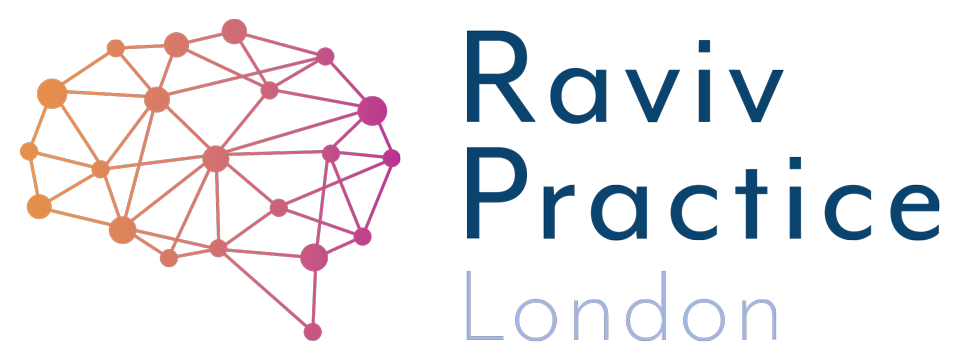How to work with your ADHD to achieve success
How to work with your ADHD to achieve success
Having ADHD could be considered a superpower. Those with ADHD often say they have many thoughts racing at any one time. This can make them more energetic, creative and innovative than people without it, and many with ADHD go on to achieve incredible things – putting their success down to the unique and heightened way their minds work.
However, it does come with some drawbacks. Those with ADHD can be easily distracted and find it difficult to focus on one task before being inspired to move onto another. Before they can finish one line of thought, another comes along, and another, and another….
So, how can you work with your incredible mind to get the most of all the positives that ADHD has to offer?
“haphazard neural architecture of ADHD brains are far too chaotic for machine learning to acquire”
Slowing down the brain
Cogmed Working Memory training helps the ADHD brain follow thorough ideas and thoughts with more success, but the process of having many thoughts is not changed – it just helps you move towards a more positive outcome.
We’re living in a world where artificial intelligence and machine learning is becoming more and more mainstream in every part of our lives. Developments in computer science are helping humans to perform tasks more efficiently, and it may be that technology will eventually replace even the most complex of human brains when it comes to certain tasks.
Computer experts have copied the architecture of neurotypical brains and mapped their neural pathways into computer code. In time, computers will be better at doing most jobs than humans, and many people are worried at seeing so many complex processes automated by computers.
However, the haphazard neural architecture of ADHD brains are far too chaotic for machine learning to acquire, and machines are not able to replicate these unique thought patterns. Those with ADHD are at more of an advantage in these times than ever before. If they could only harness their creativity to follow ideas through to completion before being distracted, those with ADHD are likely to be among the most successful and outstanding people in our society in years to come.
How can someone with ADHD harness their creativity to work for them?
Someone with ADHD can increase their ability to finish tasks and not get distracted by improving their working memory. An evidence-based programme called Cogmed Working Memory Training can really help with this. Cogmed presents memory training games done online over 5 to 8 weeks in which the trainee must remember more things each time. When the trainee is stressed, errors occur, and the adaptive program reduces the complexity. In order to succeed, the trainee needs to learn how to reduce the stress on their brain.
The brilliance of the programme is that when the trainee learns to balance stress and recovery time they to go on to expand their capacity and build stamina. A person with ADHD may have many ideas but can easily feel overwhelmed and have trouble processing them in an effective way. Cogmed helps them to learn how to cope with, and harness, their natural talents.
“The oscillation between exercises helps the brain to be more resilient over time”
Tools for success
It is very common for those with ADHD to want to rush through trails when using Cogmed, but this is something which a skilled coach can anticipate and help alleviate. We insist the trainee waits between questions for just a few seconds, as this helps reset the stress level associated with cognitive fatigue.
In itself, mental exhaustion can be experienced by anyone, not just those with ADHD; it is the tiredness we feel when we have to repeat work and it is only natural that concentration fades. In our extensive 14+ years of experience here at Raviv Practice London, we have learnt the best way to help students with this is to practise 'active recovery.'
What is Active Recovery?
Changing games in Cogmed when fatigue sets in help students recover from the feeling of being overwhelmed. It is a bit like sports: we can mix up our activity, such as sprinting for a short distance before changing over to cycling. We are resting tired muscles, but do not stop.
In Cogmed, the student changes to another exercise when they start making mistakes. By switching tasks, they can get a moment's respite. When the new tasks starts to become difficult, and concentration fades, they can return to the previous task and find it comparatively easier. The oscillation between exercises helps the brain to be more resilient over time.
Children who avoid school due to ADHD
I’ve worked with a lot of children who are very capable, but are unable to concentrate. These children struggle at school, or avoid it altogether, because they just can't focus for a sustained duration without getting bored.
I’ve seen Cogmed help these same children to set themselves on a different path. By using the programme, their ability to manage incoming data begins to improve. Once the paradigm shifts in the way in which they see themselves, their whole outlook changes.
One student was able to do his math homework for forty-five minutes when previously he could not even do five minutes without giving up. Before, he could never see anything through to the end, whether it was academic or otherwise. Both the nature of the exercises in Cogmed, and the method of oscillating between them, transferred to a novel way of deliberately being distracted but consistently returning to tasks until they were completed. All of a sudden, he could see through the fog of ideas!
We are experts when it comes to Working Memory training, and have helped many people achieve outstanding results in terms of harnessing the power of their ADHD. If you or your child have ADHD and you want to tap into your amazing talents and become the best version of yourselves, why not get in touch to see how we can help?
Dyslexia? Dyspraxia? ADHD? ASD? Speech & Language? Developmental Delay? Anxiety?
Is every school day a struggle? As a parent, you may feel exhausted and on this journey alone. Each year you see the gap getting wider. You need to do something - change the approach, help your child learn for themselves, find a way to turn this around - to help while you can - do this NOW. the first step is free.
About the Author
Usha Patel is a Neurocognitive Therapist and Director at Raviv Practice London. Parents searching to help their suspected/neurodiverse child can get evidence-based solutions with results in as little as 8 weeks. Those in search of jargon-free help can get started straight away.



